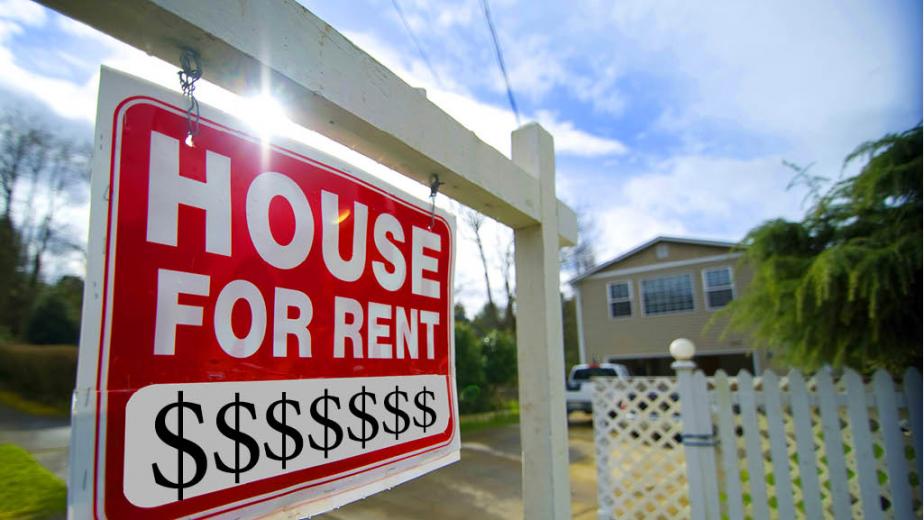1 11
1 11
Recent data shows that, on the whole, single-family rentals are proving to be an excellent investment as rents on such properties continue trending up. But in which markets are rents projected to grow the most this year? Online real estate investment firm Home Union provides the answer after analyzing 44 single-family rental markets around the country.
Steady leasing activity, rising rental rates and growing demand from technology tenants reaffirmed the strength of the Portland office market during the first quarter of 2017. With new product deliveries and a large office space user exiting the city, the market experienced negative net absorption of 74,977 sq. ft. and a slight uptick in overall vacancy from 8.1 percent to 8.2 percent, according to a Kidder Mathews’s first quarter 2017 market report. That followed a year when the city saw positive absorption of nearly 1.4 million sq. ft. At the end of the first quarter 2017, vacancy average 10.1 percent in the CBD and 7.3 percent in suburban sub-markets. However, vacancy in the Pearl District/Chinatown sub-market, which is popular with tech firms, was just 6.6 percent and will continue to tighten, according to Kidder Mathews.
A Colliers report noted that while office development in 2016 set a record, with more than 1 million sq. ft. in deliveries of new and adapted space, pre-leasing levels increased. According to the Kidder Mathews report, of the 7.33 million sq. ft. currently under construction, 55 percent is pre-leased.
“Portland is unique in that it is the most affordable area on the West Coast, and people want to live there,” Chang says. Numerous tech companies have opened offices in Portland to take advantage of the city’s young talent pool, he notes. As a result, 31,000 jobs were created in 2016.
Additionally, real estate costs in the city are also attractive, he says, noting that the average asking rent in Portland is $25 per sq. ft., compared to $60 per sq. ft. in San Francisco and $50 per sq. ft. in San Jose.
The Colliers report noted that total 2016 investment sales volume for the Portland metro areas totaled about $1 billion. Kidder Mathews reported that the average price per sq. ft. climbed to $252.
In the suburbs sprawling far northwest of San Antonio, developers opened 2,692 new apartments over the year that ended in the second quarter of 2018, according to Marcus & Millichap. That makes Far Northwest San Antonio the fourth largest submarket in the U.S. for new construction during the period.
Single-family rents in Charlotte are forecast to grow by 5.3 percent, to $1,133 a month by the end of 2016.
Denver has one of the lowest unemployment rates in the U.S. and booming demand for hotel rooms, for visitors to casinos and conventions. That has drawn developers, who have 4,100 new hotel rooms under construction in the market, according to CoStar.
That includes giant projects like the Gaylord Rockies convention resort hotel, which will bring 1,500 new rooms to the eastern suburbs of Denver, and a Monarch Black Hawk casino hotel, which will bring 500 new room to the western side of the market.
San Francisco will also likely see a 5.4 percent increase in single-family rents by the end of the year, to a whopping $4,451 a month.
Single-family rents in San Diego should rise by 5.4 percent to $2,307 a month.
Rents in Seattle are forecast to increase by 5.9 percent in 2016, to $4,191 a month.
The only East Coast city on the top 10 list, Orlando is set to experience a 6.1 percent jump in single-family rents this year, to $1,348 a month.
And, of course, the capital of Silicon Valley tops the list, with a projected 7.3 percent increase in single-family rents, to $3,459 a month by the end of the year.

